Yanchu Xie
Progressive Multi-scale Fusion Network for RGB-D Salient Object Detection
Jun 07, 2021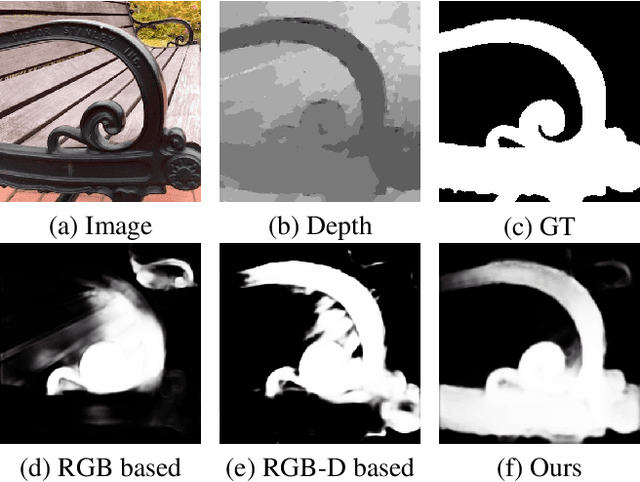
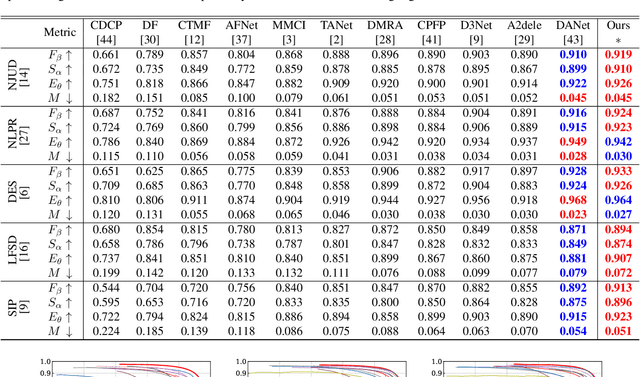
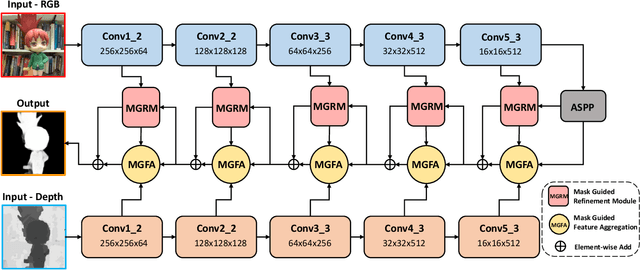
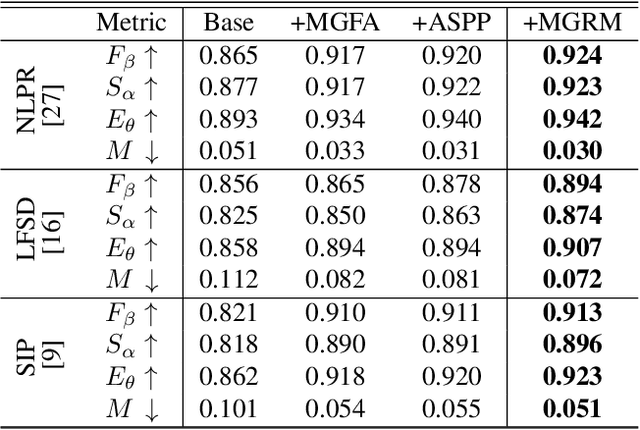
Abstract:Salient object detection(SOD) aims at locating the most significant object within a given image. In recent years, great progress has been made in applying SOD on many vision tasks. The depth map could provide additional spatial prior and boundary cues to boost the performance. Combining the depth information with image data obtained from standard visual cameras has been widely used in recent SOD works, however, introducing depth information in a suboptimal fusion strategy may have negative influence in the performance of SOD. In this paper, we discuss about the advantages of the so-called progressive multi-scale fusion method and propose a mask-guided feature aggregation module(MGFA). The proposed framework can effectively combine the two features of different modalities and, furthermore, alleviate the impact of erroneous depth features, which are inevitably caused by the variation of depth quality. We further introduce a mask-guided refinement module(MGRM) to complement the high-level semantic features and reduce the irrelevant features from multi-scale fusion, leading to an overall refinement of detection. Experiments on five challenging benchmarks demonstrate that the proposed method outperforms 11 state-of-the-art methods under different evaluation metrics.
Adaptive ROI Generation for Video Object Segmentation Using Reinforcement Learning
Sep 27, 2019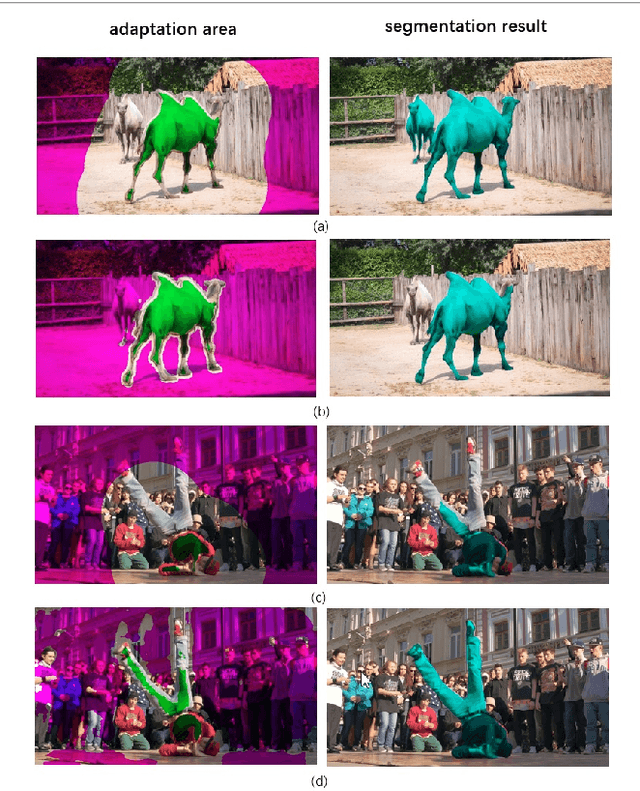

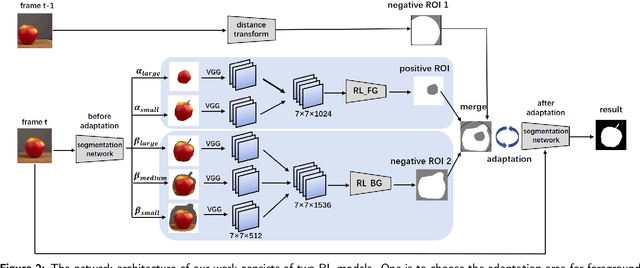
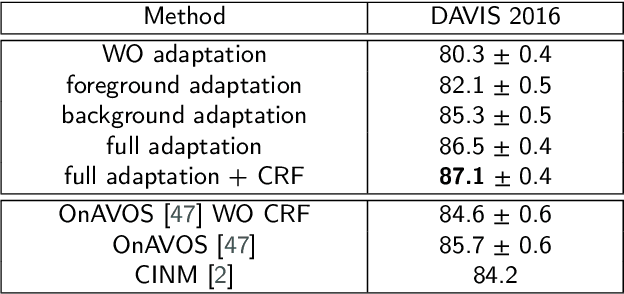
Abstract:In this paper, we aim to tackle the task of semi-supervised video object segmentation across a sequence of frames where only the ground-truth segmentation of the first frame is provided. The challenges lie in how to online update the segmentation model initialized from the first frame adaptively and accurately, even in presence of multiple confusing instances or large object motion. The existing approaches rely on selecting the region of interest for model update, which however, is rough and inflexible, leading to performance degradation. To overcome this limitation, we propose a novel approach which utilizes reinforcement learning to select optimal adaptation areas for each frame, based on the historical segmentation information. The RL model learns to take optimal actions to adjust the region of interest inferred from the previous frame for online model updating. To speed up the model adaption, we further design a novel multi-branch tree based exploration method to fast select the best state action pairs. Our experiments show that our work improves the state-of-the-art of the mean region similarity on DAVIS 2016 dataset to 87.1%.
 Add to Chrome
Add to Chrome Add to Firefox
Add to Firefox Add to Edge
Add to Edge